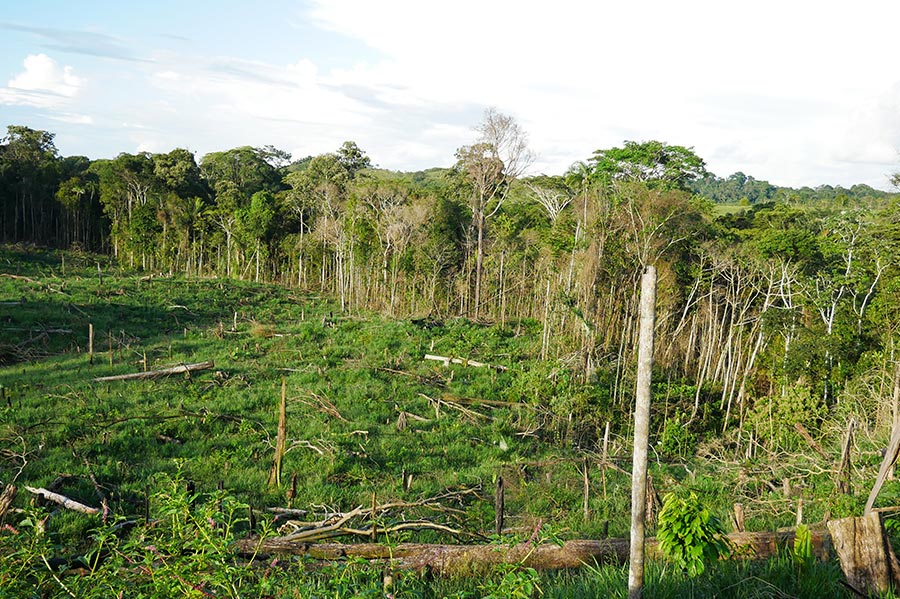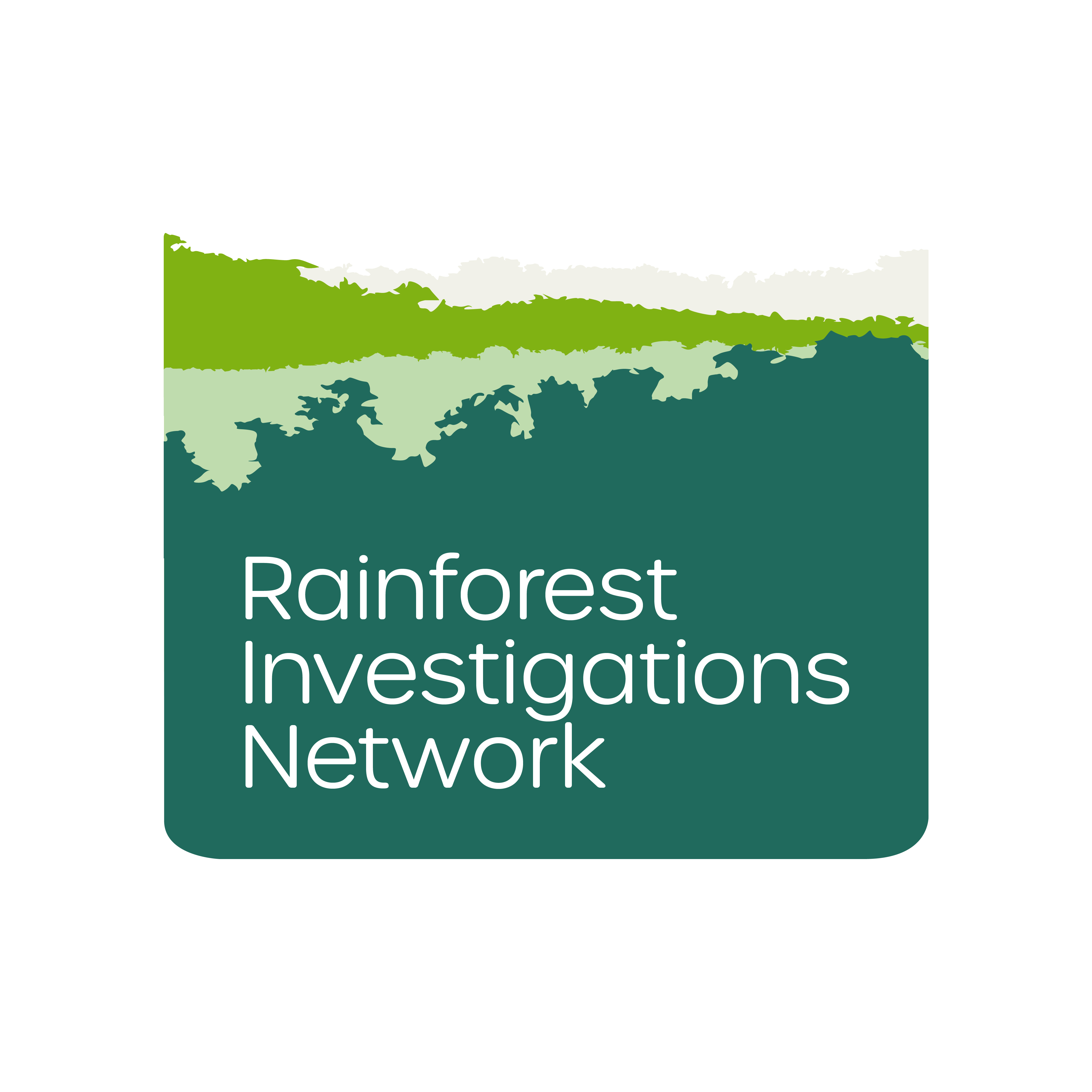This is a summary. You can read the full story in Spanish on 360-grados or El Espectador.
Thousands of cows are transported from an area surrounding the Sierra de la Macarena National Park to commercial centers and slaughterhouses in order to feed the demand for meat in Bogotá and other Colombian cities.

Whistleblowers and others in possession of sensitive information of public concern can now securely and confidentially share tips, documents, and data with the Pulitzer Center’s Rainforest Investigations Network (RIN), its editors, and journalists.
While the cattle’s movements are documented, there is no mechanism in place to check whether the cows were reared in protected areas that were deforested for pasture. 360-grados and the Latin-American Center for Investigative Journalism (CLIP) requested cattle tracking records and went on the ground to uncover the direct link between the meat and deforestation.
On a Sunday morning at the Catama livestock exchange point, on the outskirts of Villavicencio, the capital of Meta Department, a driver parked an old blue Ford truck while several complex employees helped to unload 15 bulls and take them directly to the scale.
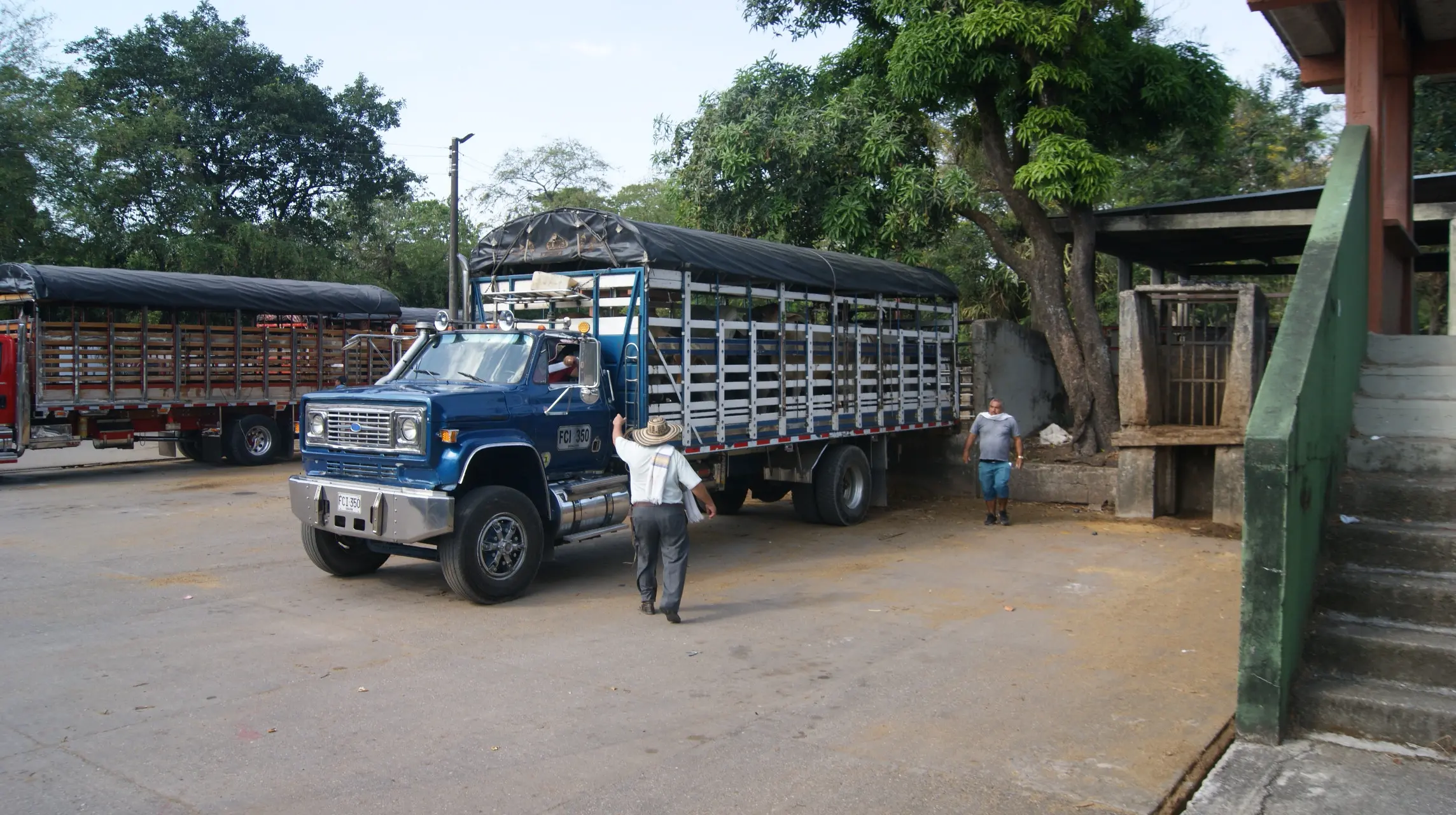
Another employee verified that the cargo’s necessary paperwork was present: a mobilization permit from the Colombian Agricultural Institute (ICA). This document lists, among other data, where the cattle comes from and where it is going; the driver and the vehicle; the cows’ vaccines; the farm of origin; the name of the rancher; the number of cows; and whether the cattle is going to another exchange point, another farm or a slaughterhouse.
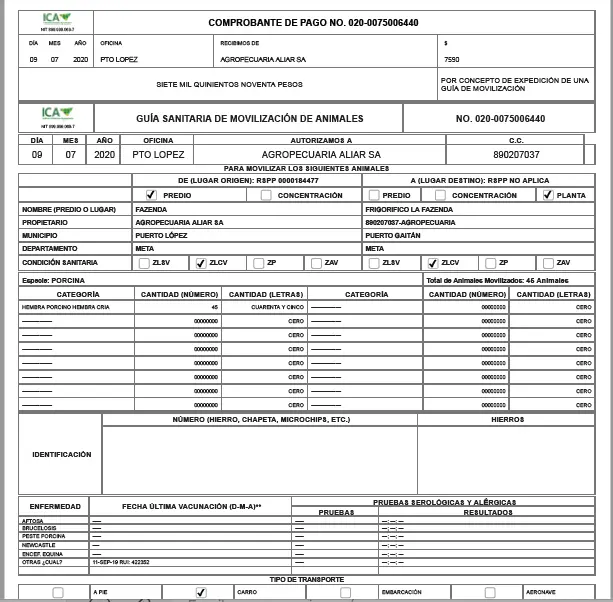
To sell the cattle, the rancher must also carry a sales voucher (see here for the regulation) that identifies the buyer, seller, the branding, and/or the numbering of the animals.
A mobilization permit from the ICA is easy to obtain. The only requirements are the registration of farm land and vaccinations against foot-and-mouth disease. With this in hand, ranchers and cattle traders can buy and sell livestock throughout the country and no one checks if the cows come from deforested land.
“To move these animals, ranchers have to register the farms with the ICA and comply with the vaccination of the cattle but the scope of this registry does not include verifying whether these farms are in deforested areas,” said Carlos Olaya, a researcher at the legal research center Dejusticia.
In order to have access to vaccination, farmers must register their farms. To do this, they must have, among other requirements, property titles, letters of possession or leases. With the farms registered, the cattle are allowed to be vaccinated, the other key requirement so that they can access the guides to move them throughout the country.
The ICA does not check where the registered farms are located and whether there is a risk of deforestation.
“The competence of the ICA is the land and sanitary registries,” saids Deputy Manager of Animal Health of the ICA Alfredo Araújo Baute. “The environmental issue is not our competence.”
Through a request for information made by 360-grados and CLIP, the ICA provided 286,105 mobilization records issued in the departments of Meta and Caquetá between 2015 and 2020.
Based on these data, reporters verified that in those years, at least 99,240 heads of cattle were transported from farms registered in villages neighboring the Sierra de la Macarena National Natural Park to cattle markets such as Catama, to other farms for breeding or fattening, or directly to slaughterhouses.
The mobilization records list properties that border or are part of the national park, and analyzing these documents shows that deforestation in the park coincides with trends in the number of livestock that leaves from the area.
The manager of the Catama cattle exchange, Álvaro Benavídes, acknowledges that cattle from deforested areas are arriving at the marketing points but that there is very little they can do to control this flow, since the only requirement of the law to admit or deny access to cattle is that the rancher has a mobilization permit.
“For us the key to control is at the origin,” he said. “If it is not controlled at the source, what can we do?”
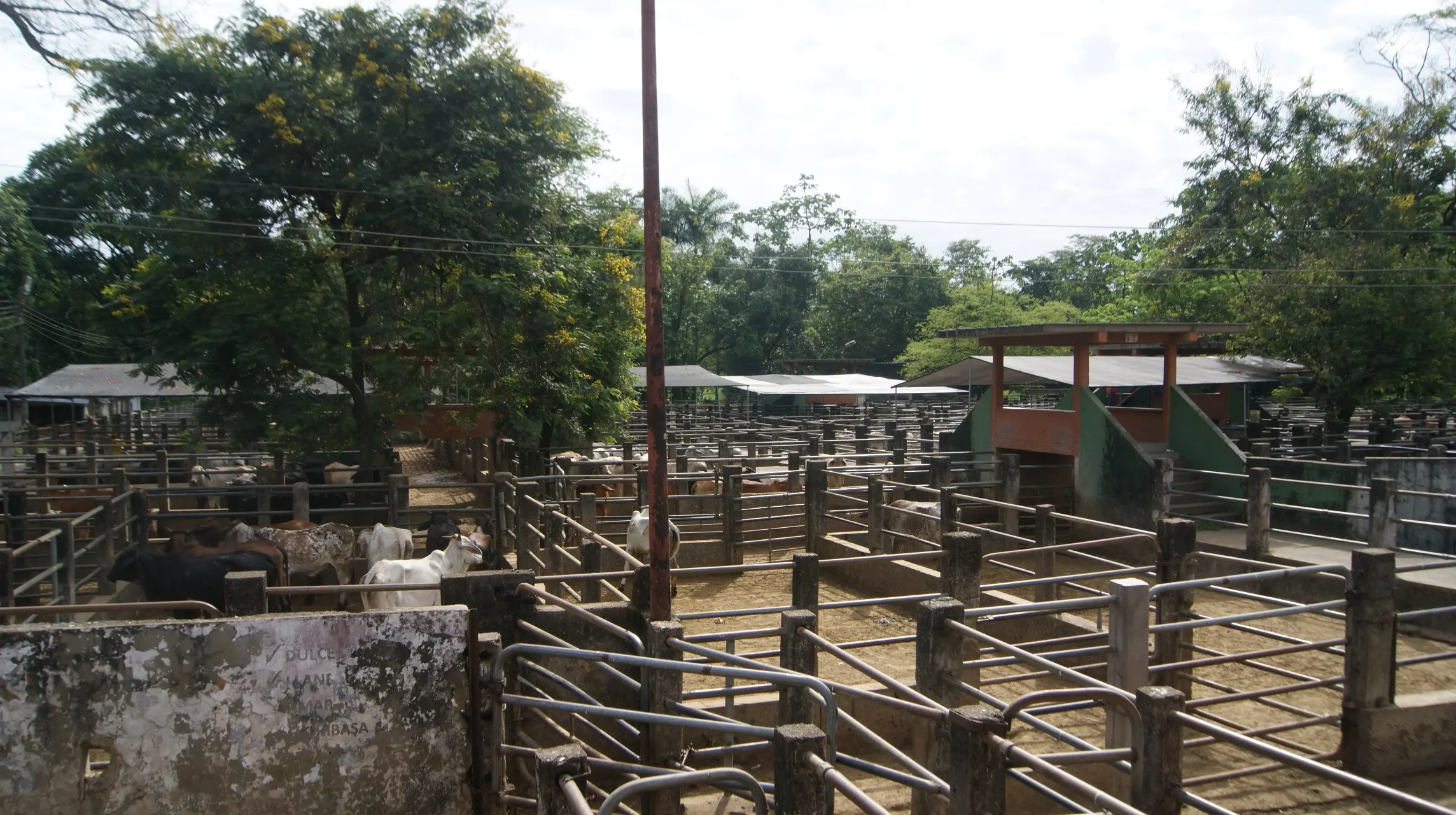
- View this story on El Espectador


